Protecting the Peace and Prosperity of the City and Building a Safe and Resilient Smart City
With the rapid development of digital technology and the in-depth promotion of smart city construction, the structural health monitoring system has gradually become an important means to ensure the safety of urban infrastructure. In 2024, the design of the structural health monitoring system for Digital China Smart City was comprehensively optimized on the existing basis. By integrating innovative technologies such as smart lamp poles and LED pole screens, the city's intelligence level and safety resilience were greatly improved.
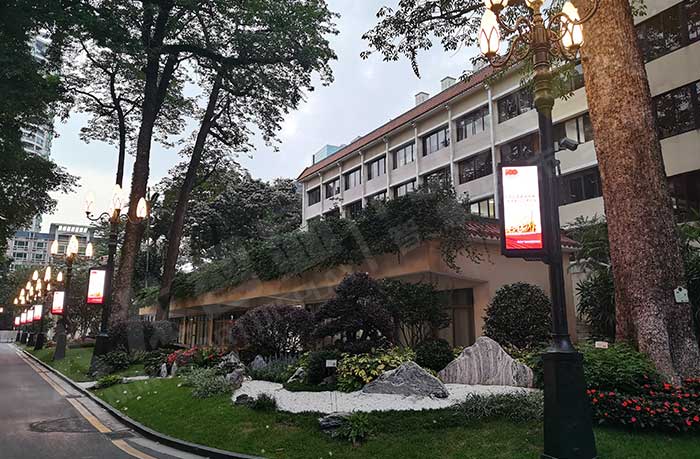
The safety of urban infrastructure is an important guarantee for the stable operation of the city and the comfort of residents' lives. Traditional structural monitoring methods usually rely on manual inspections and regular inspections, which have disadvantages such as low efficiency, limited coverage, and slow response speed. Modern structural health monitoring systems can timely discover and warn potential safety issues through real-time and continuous data collection and analysis, improve the maintenance and management efficiency of urban infrastructure, and ensure the peace and prosperity of the city.
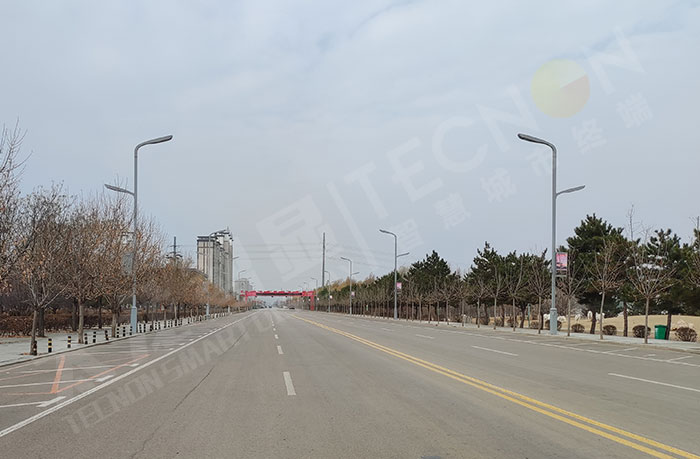
The structural health monitoring system of Digital China Smart City adopts a layered design, which mainly includes four parts: perception layer, transmission layer, platform layer and application layer. By installing various sensors (such as stress sensors, strain sensors, displacement sensors, temperature and humidity sensors, etc.) on the main infrastructure of the city, the health data of the structure is collected in real time. Using 5G network and Internet of Things technology, the collected data is transmitted to the cloud platform in real time. A big data processing and analysis platform is established to store, process and analyze real-time data to generate structural health reports and early warning information. Through intelligent decision support systems and visualization terminals (such as LED pole screens), the analysis results and early warning information are promptly conveyed to urban management departments and residents to achieve rapid response and processing.
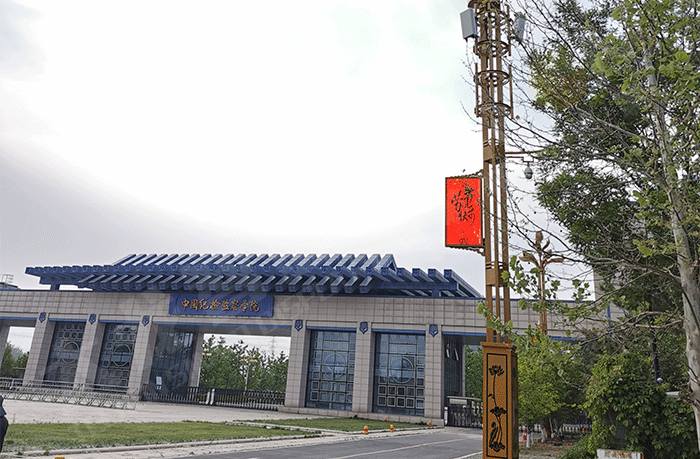
As an important infrastructure of smart cities, smart poles not only provide lighting functions, but also integrate a variety of smart devices to become a multifunctional node of the structural health monitoring system. Smart poles are equipped with a variety of sensors to monitor the health of the surrounding environment and infrastructure in real time, such as stress changes of bridges, settlement of roads, displacement of buildings, etc. Smart poles are equipped with built-in 5G communication base stations to ensure high-speed, stable and low-latency data transmission, providing guarantee for the real-time performance of the structural health monitoring system. Smart light poles are connected to the city management system through the Internet of Things technology, becoming an important node in city management, supporting a variety of smart city applications, such as intelligent transportation, public safety, and environmental monitoring.
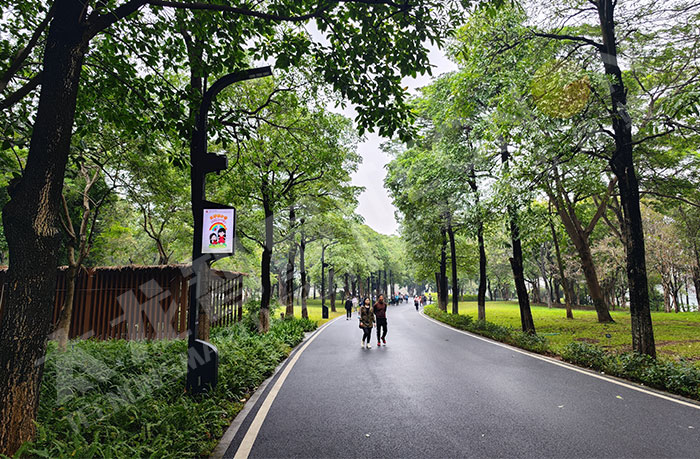
As an extended function of smart poles, LED pole screens not only provide a platform for information release and advertising display, but also play an important role in the structural health monitoring system. Through the LED pole screen, the city management department can release early warning information of structural health monitoring in real time, reminding residents and relevant departments to take corresponding measures to avoid potential safety accidents. The LED pole screen can display visual charts of monitoring data to help residents and management departments intuitively understand the health status of urban infrastructure and enhance the public's safety awareness. The LED light pole screen supports touch interaction function. Residents can query relevant information through the screen, participate in urban safety management, and enhance residents' sense of participation and satisfaction.
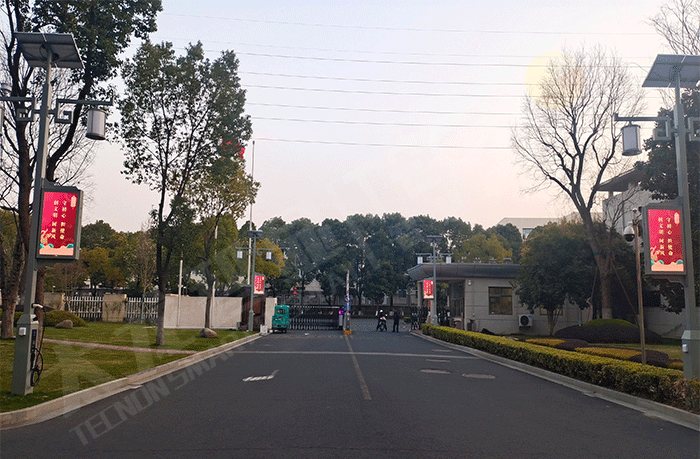
Further integrate 5G, Internet of Things, big data, artificial intelligence and other technologies to improve the intelligence level and monitoring accuracy of the system. Gradually expand the monitoring scope to cover more types of urban infrastructure, such as subways, tunnels, underground pipelines, etc. By enhancing the interactive function of LED pole screens, the sense of participation and satisfaction of residents can be improved, and the participation of all people in urban safety management can be achieved. Government departments and enterprises are encouraged to open and share data, promote the comprehensive use of urban data, and provide more data support for smart city management.
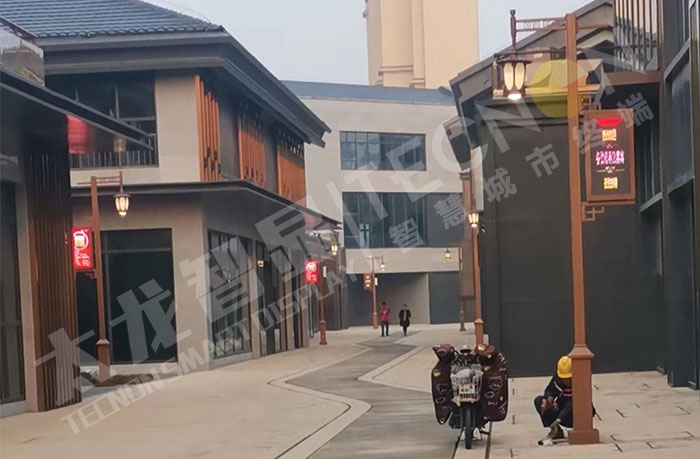
The design scheme of the structural health monitoring system of Digital China Smart City, through innovative technologies such as smart light poles and LED pole screens, not only improves the safety monitoring level of urban infrastructure, but also enhances the intelligence and transparency of urban management. The design and implementation of this system provides a solid technical guarantee for the tranquility and prosperity of the city, and helps build a safe, resilient, livable and business-friendly smart city.






















































































